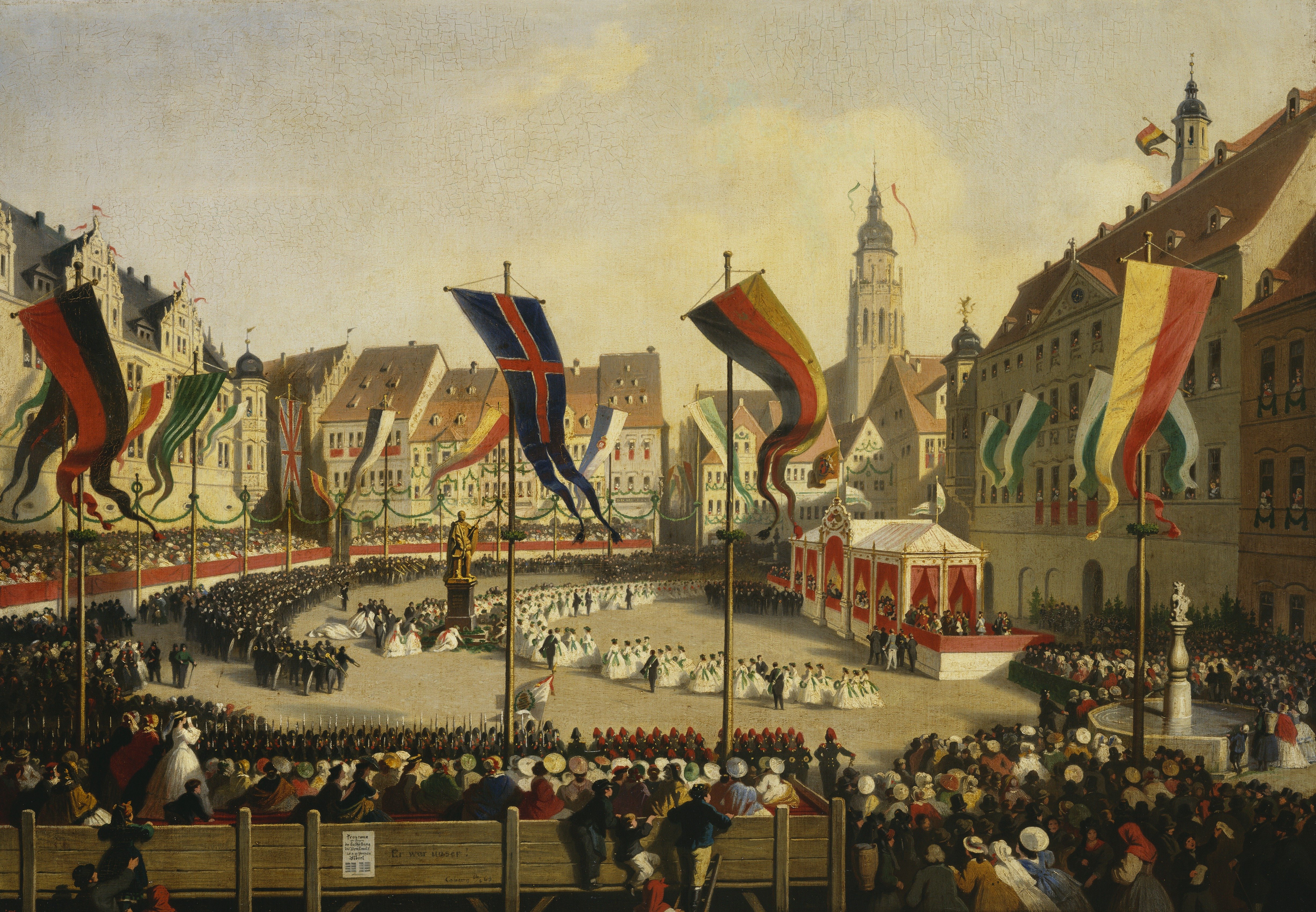
Prince Albert's lasting influence can be seen in many mediums
Mourning Objects
In the nineteenth century, mourning objects took many forms. However, the most common form was jewellery, often set with a lock of human hair. The inclusion of hair served as a lasting link to a physical presence that was now lost. Onyx, jet and black enamel were frequently used as materials in jewellery. The death of public figures also often generated the commercial production of affordable memorial objects, such as tape measures, dress accessories and commemorative stationary. Two books, Sir Walter Scott’s Novels and Tales and Alfred Tennyson’s Idylls of the King, are especially associated with Queen Victoria’s early years of mourning.







